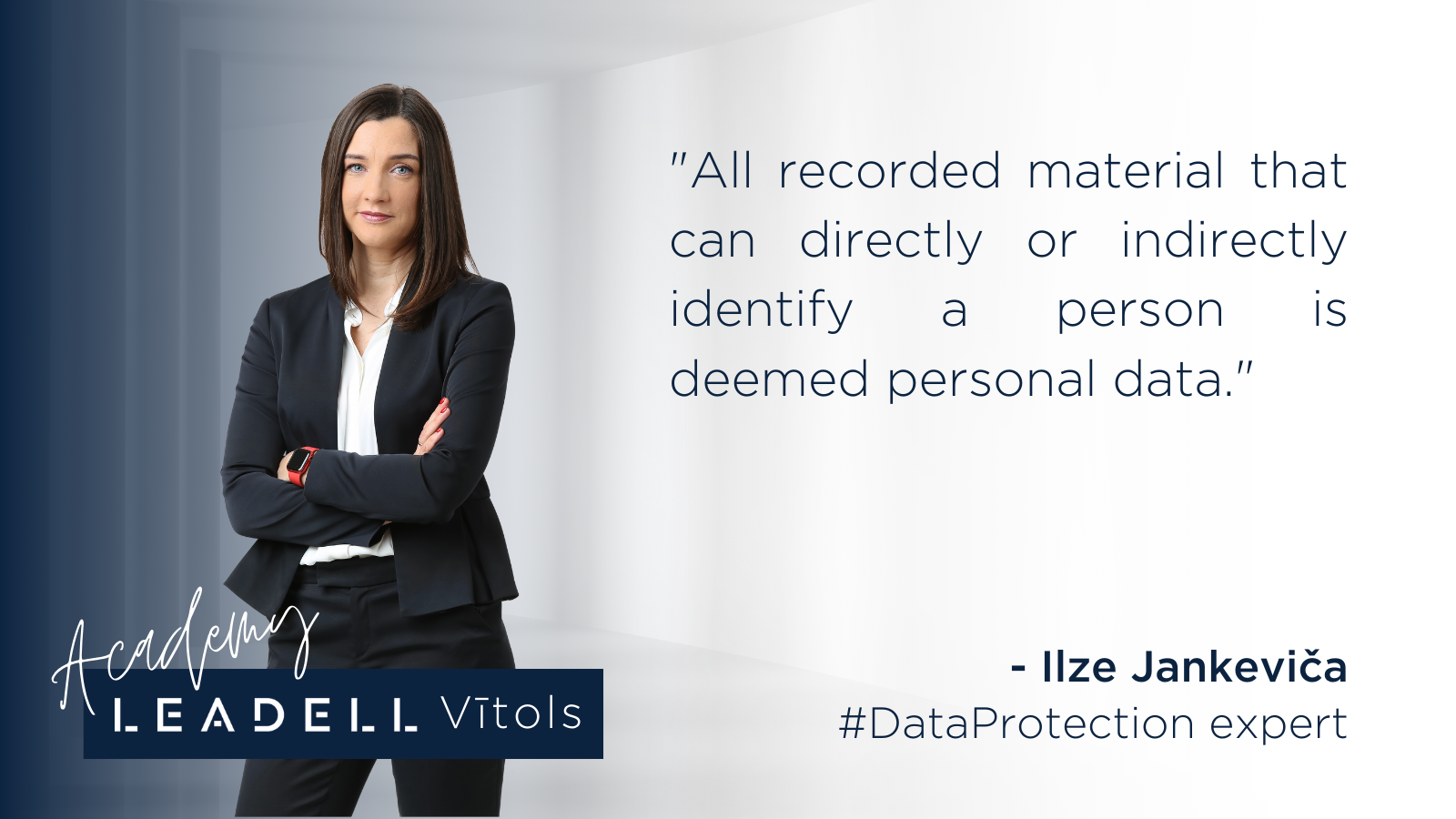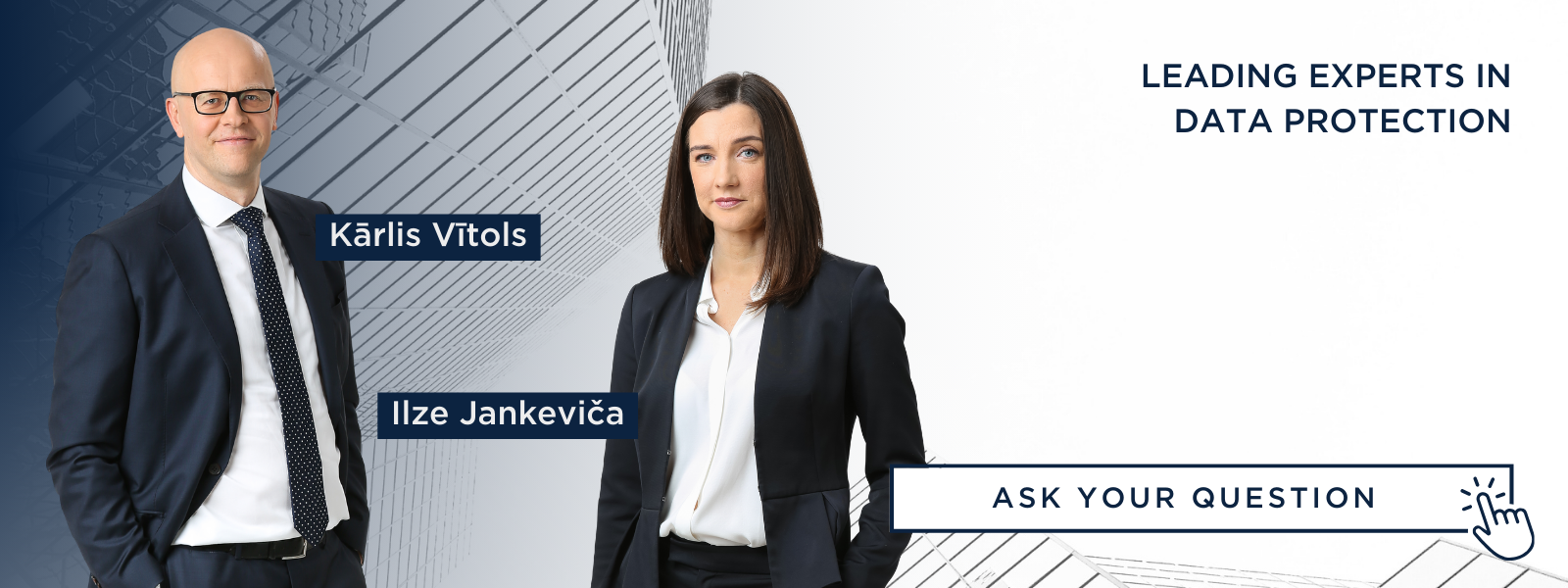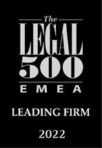News
8 Tips for Compliant Video Surveillance | Data Protection
To ensure that video surveillance aligns with personal data protection requirements, its user must adhere to a series of legal requirements. These include establishing a legal basis and documenting the surveillance, adhering to data minimization principles, implementing proper data storage procedures, assessing recording formats, enforcing security measures, respecting the rights of individuals recorded, and maintaining transparency. It is advisable to assess the compliance of video surveillance with these requirements and make necessary adjustments based on recommendations from a data protection specialist within the mandatory Personal Data Protection System.
What is Video Surveillance?
Video surveillance, also known as closed-circuit television (CCTV), is a system strategically placed to record footage in specific locations. The recorded material can be viewed in real-time or in video playback format once it reaches the playback device.
8 Data Protection Requirements for Video Surveillance
1. Lawful Basis: Every instance of video surveillance, including any installed camera, must have a predetermined purpose and a legal basis corresponding to one of the bases specified in the regulation, such as legitimate interests.
2. Documentation: Compliant documentation, including a privacy notice for video surveillance and an assessment of data processing risks, must be prepared.
https://leadell.lv/en/how-does-the-implementation-of-personal-data-protection-system-in-the-company-take-place-data-protection/
3. Data Minimization: Only data necessary for the intended purpose of video surveillance should be processed.
4. Data Storage: Shortest possible storage periods based on surveillance purposes must be determined and clear storage policies to delete records when their storage is no longer justified should be established.
5. Audio Recording: Special attention should be paid to audio recordings. It is generally recommended not to use them at all within video surveillance systems, except for specific exceptions where they could be lawfully used.
6. Security Measures: Adequate security measures, such as encryption, information system event logging, and employee contractual confidentiality obligations, should be implemented to protect footage from unauthorized access or sharing.
7. Rights of Individuals: Individuals must be informed about video surveillance, its purposes, and how they can exercise their rights, such as accessing their data or requesting its deletion.
8. Transparency: To ensure transparency and compliance with the requirements of the General Data Protection Regulation, visible information signs must be placed in video surveillance areas, informing people about the presence of cameras.
Does Any Video Surveillance Recording Contain Personal Data?
Video surveillance systems play a crucial role in safeguarding companies, employees, and visitors, while also aiding in the detection of criminal activities. However, the widespread use of video surveillance cameras raises concerns about potential privacy infringements and compliance with personal data protection regulations.

All recorded material that can directly or indirectly identify a person is deemed personal data. This encompasses not only facial features but also various unique characteristics or attributes captured in recordings that may identify specific individuals. Consequently, companies encounter the challenge of conducting video surveillance while ensuring adherence to individuals’ right to privacy.
What to do in case of uncertainties?
Our leading specialists, Kārlis Vītols and Ilze Jankeviča, have developed an effective system for implementing personal data protection services, which has been successfully implemented in companies of all sizes across public and private sectors. Our team is ready to advise and provide personal data protection services to companies in any industry.
Legal assistant Paula Lipe and Head of Communications Liene Vītola contributed to the preparation of LEADELL Academy’s material on video surveillance.
Categories
-
Work Disputes | Dispute Resolution
01.08.2024LEADELL -
3 Correct Ways to Assign Employees for Storm Damage Cleanup | LEADELL Academy
01.08.2024LEADELL -
1. Company Registration Status | 8 Step Guide
12.06.2024LEADELL
Latest News
Subscribe to Leadell's Newsletter







